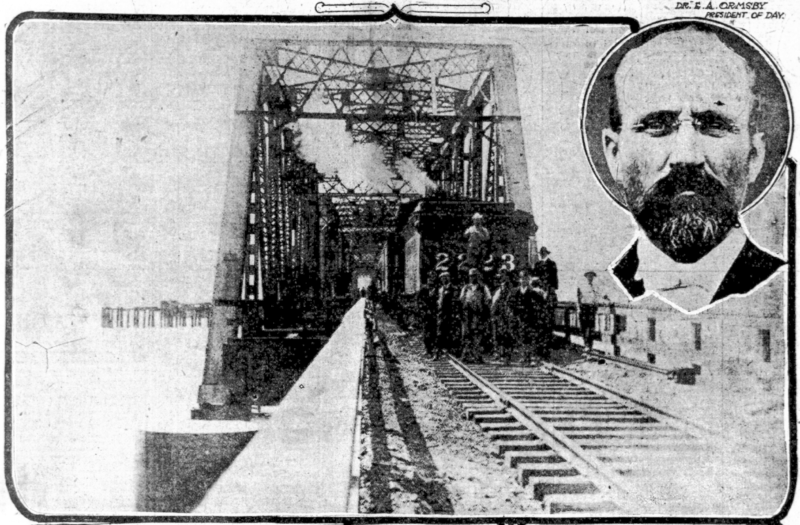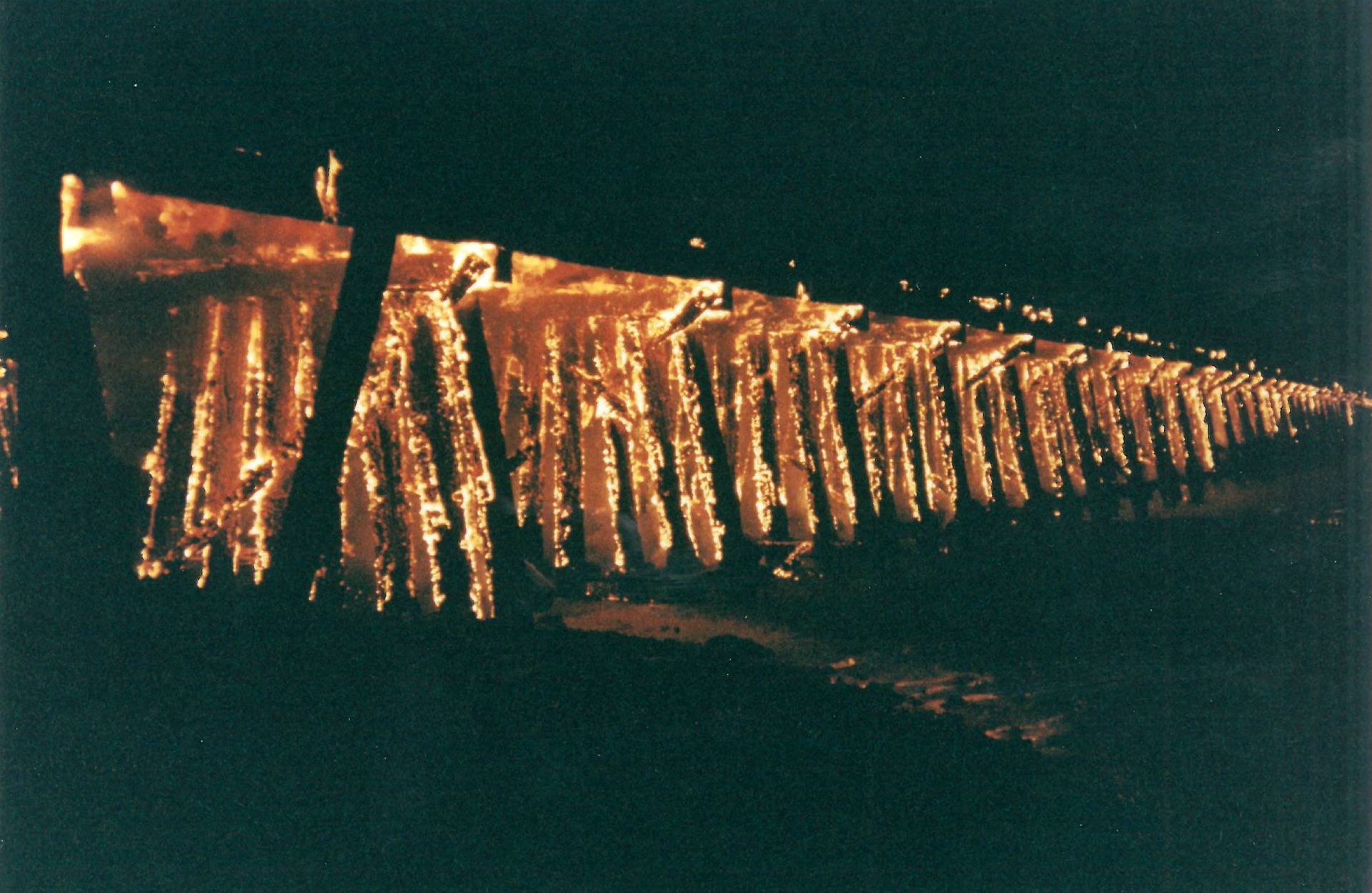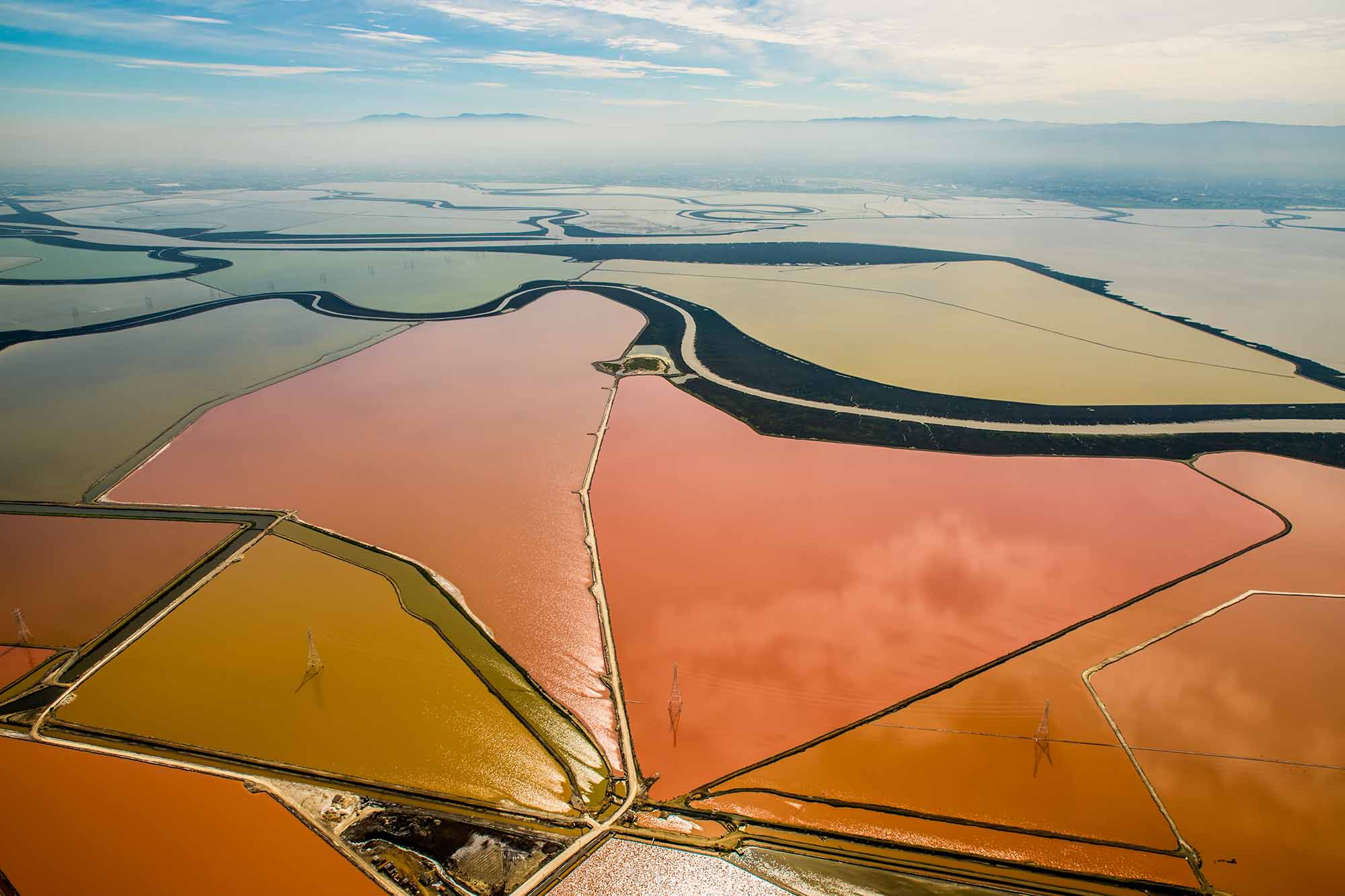New details were released last week about a decades-old fire that destroyed the Bay Area's first bay crossing -- the Dumbarton Rail Bridge.
The bridge opened in 1910 and was used to transport freight from the Peninsula to the East Bay. It shaved 26 miles off the journey on land, and at the time it was the costliest bridge in the state.
Freight transport across the rail bridge ceased in 1982, the same year the Dumbarton Automotive Bridge opened less than a mile north.

When the San Mateo County Transportation Authority bought the defunct bridge in 1994, it was considering plans to use it for commuter transport. But the $120 million needed for the project was nowhere to be found, and the bridge sat unused.
Four years later a significant portion of it burned in a fire that took three days to fully extinguish -- and to this day remains a mystery.


